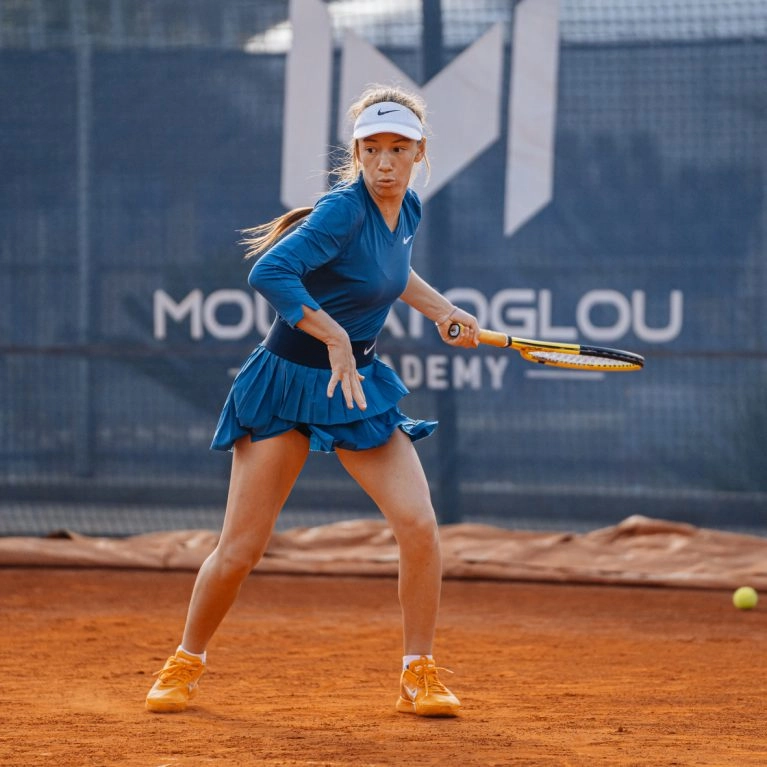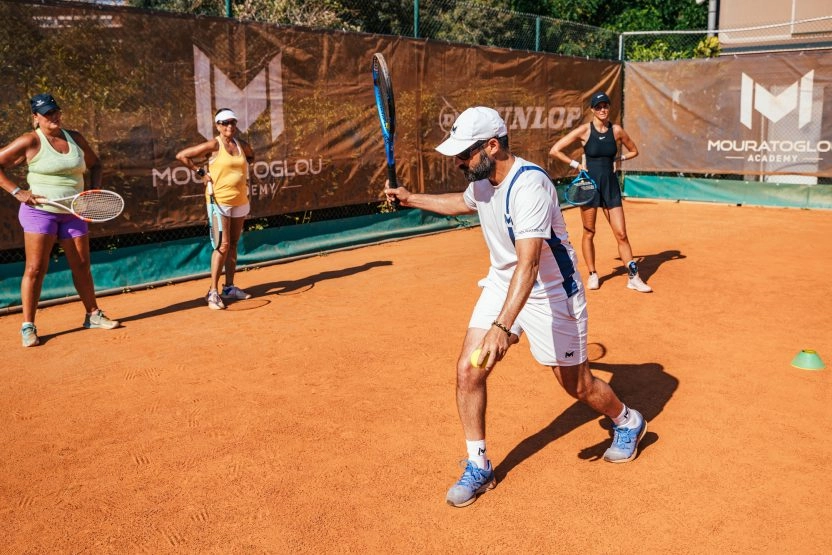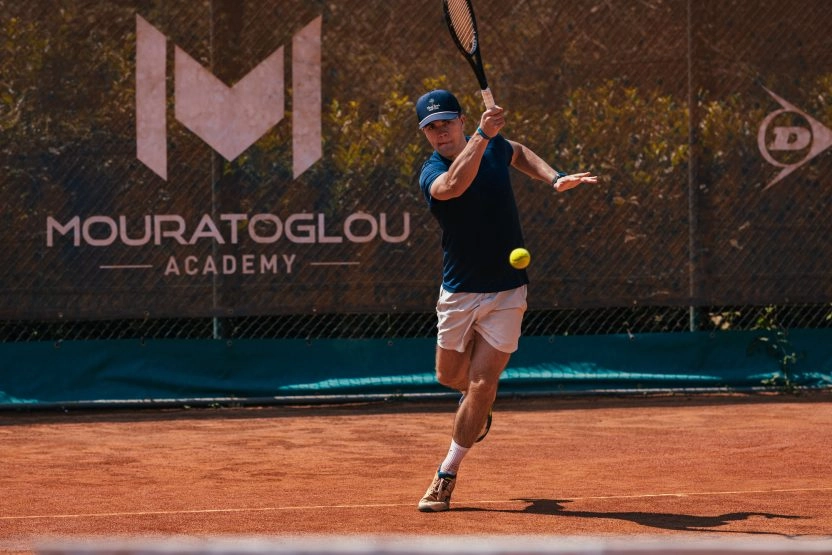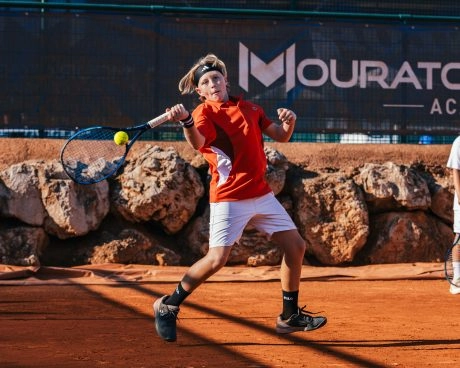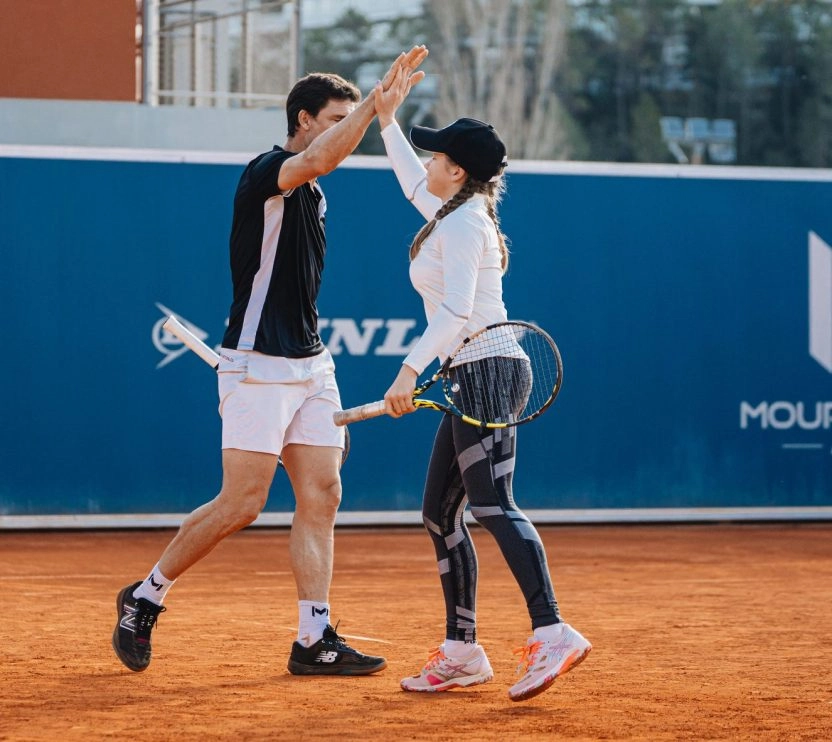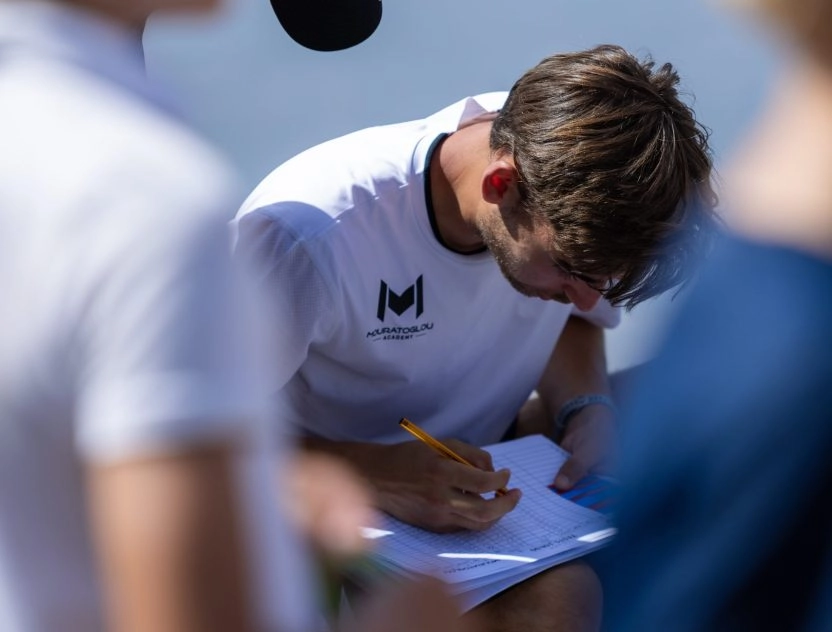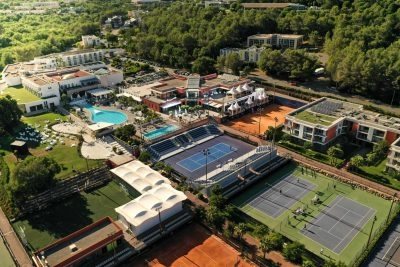Adopt a relaxation routine
To incorporate relaxation into your game, it’s important to develop regular habits. Here are a few routines you can apply to every training session and match:
- Relax before training: Always take a few minutes to relax your muscles before starting a workout. Do some gentle stretching, breathe deeply and mentally prepare your body to play without tension.
- Micro-relaxation between points: Use the few seconds between each point to take short breaths and relax tense parts of your body (wrists, arms, shoulders).
Mental relaxation: the key to effective physical release
Physical relaxation also involves mental relaxation:
- Visualisation: Imagine yourself playing with fluidity, hitting the ball lightly. This technique helps condition your mind to avoid unnecessary tension.
- Focus on the present moment: Don’t let your thoughts distract you. Concentrate solely on the ball and the current point, without thinking about the result or the future.
